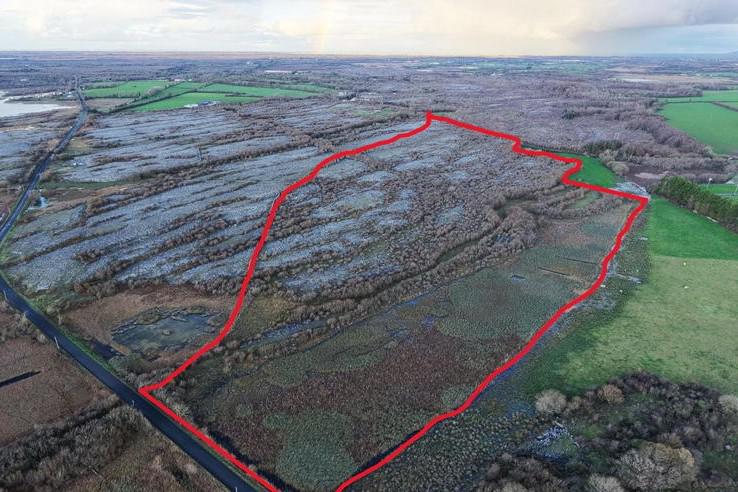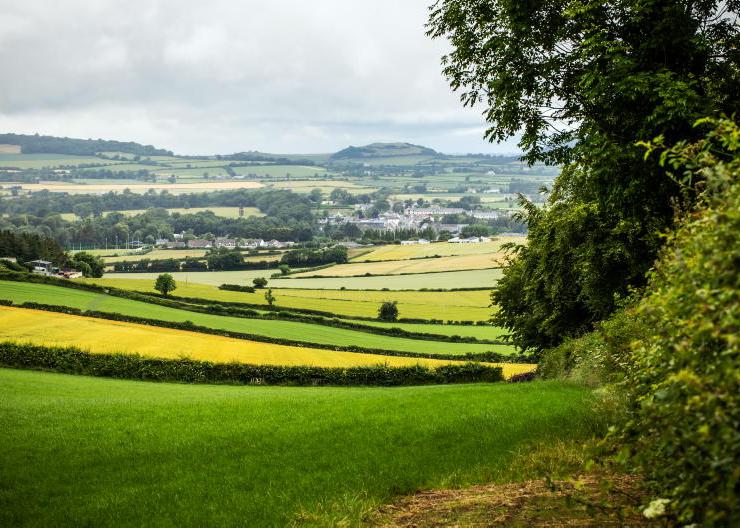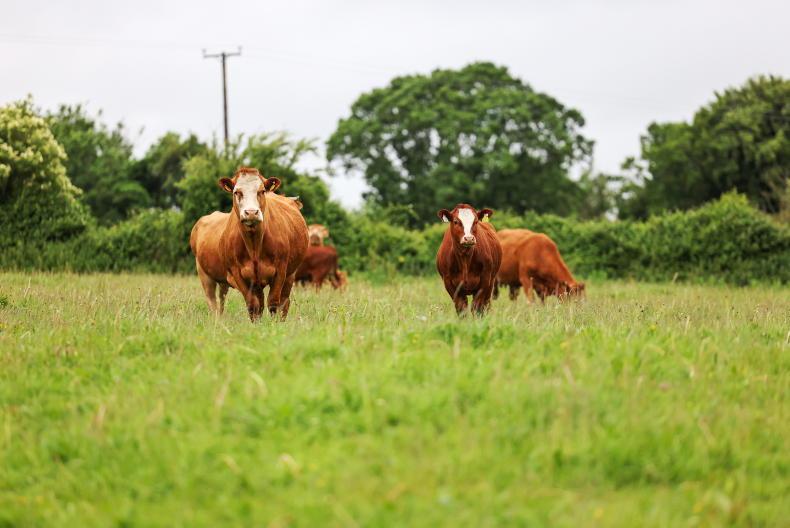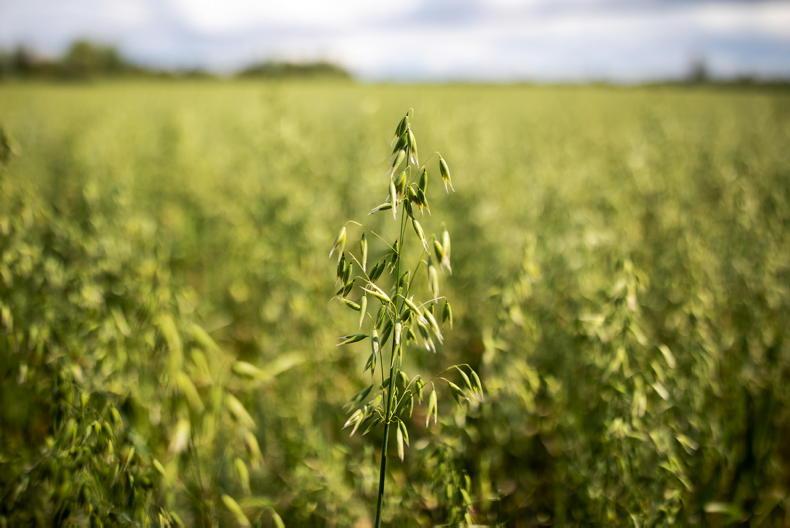A crowd of over 200 farmers attended last week’s Teagasc hill sheep conference held in the Westlodge Hotel, Bantry, Co Cork. A smaller attendance would not have been surprising given the financial challenges facing the hill sheep sector over the last year. However, the topics of presentations which aimed to provide farmers with some options to help address these challenges generated positive interest in the event.
Among these options was a presentation on organic farming delivered by Teagasc organic specialist Elaine Leavy and sheep specialist Damian Costello. Policy changes have made organic farming much more attractive to hill sheep producers. Higher payment rates amounting, for example, to some €61,600 for a 40ha farm over five years, or an average of €12,320 per annum, look very attractive relative to current challenges.
But, an even greater factor for many extensive hill sheep production systems has been the reduction in the minimum stocking rate from an average of 0.5LU/ha to just 0.1LU/ha (one ewe/ha).
Explaining the recent surge in interest in organics, Elaine said “I am working in organics for the last 15 years and in the last 15 months to two years there has been a great momentum and policy shift driving organic production right across Europe. The ambition is to drive organic production in Europe to 25% by the year 2030 and if you think about that it’s one field in four.”
This momentum and policy change has doubled organic production in Ireland albeit from a small base of 2% to 4%. The average across Europe is 9.1% and the target in Ireland is to hit 10% by 2030.
Organic farmers
Much of this growth has occurred in the west of Ireland or in counties with a significant area of hill or marginal lands and Elaine says that there are many hill sheep farmers among this grouping. She outlined that from over 4,000 organic farmers (2,131 certified organic producers and 2,006 more in conversion), over 50% of these are located in seven counties – Cork (492), Roscommon (399), Kerry (318), Galway (279), Mayo (245), Clare (235) and Tipperary (230).
Eligible lands
Payment will only be made on owned or leased lands available for the full duration of the contract and Elaine outlined that short-term or conacre lands are not eligible for payment. The same applies to commonage lands. Where the minimum stocking rate of 0.1LU/ha is not satisfied, then a pro-rata payment will be made.
Production factors
Damian Costello outlined five key areas Teagasc regard as having a big role in influencing decisions on converting to organics. These are breeding, grazing management, flock nutrition, housing and flock health.
Damian said that the decision will ultimately be farm specific and will also be influenced by other factors such as if the farm is participating in ACRES and how the two payments interact. In terms of hill grazing, management remains broadly the same.
Farmers with primarily enclosed hill ground have shown more interest compared to farmers with large areas of commonage for the reasons already outlined, while the extent of semi-improved grassland will determine a lot in terms of the system which may suits organic farming.
Breeding policy
In terms of the breeding policy, Damian said that the gold standard here is breeding your own replacements. He said that where sufficient improved ground is available it opens up the opportunity for crossbreeding, citing that a number of the Teagasc BETTER farm sheep programme farms are running a similar system that could be easily adjusted in terms of stocking rate to suit.
“It presents lots more opportunities in terms of breed improvement, and the other big advantage from the flock health point of view is that it avoids buying in and risking disease”. There is a derogation available that allows a flock to purchase up to 20% non-organic replacements provided organic sheep that fit the bill cannot be sourced.
Table 1 details how a crossbreeding programme may work with the greatest potential where improved grazing is available to underpin higher reproductive performance. There is greater flexibility on the ram side and non-organic rams can be purchased. This will provide an ability to finish lambs quicker and to heavier weights or to sell surplus female stock as breeding stock.
Grazing management
The focus here is to optimise the use of hill grazing. This includes commonage lands which Costello says is perfectly allowable to be grazed with one major condition that the flock is properly hefted to remain in their own group. As touched upon already, the management of hill grazing is maintained in a manner that neither leads to overgrazing nor undergrazing.
For improved grassland, the obvious big change is that the use of chemical fertiliser is prohibited. The first step in any plan is to take soil samples and apply lime where needed. Farmyard manure and slurry should be used strategically to where phosphorus and potassium is required most.
The role of clover very much depends on the quality of ground and the potential to reap rewards from using clover. Fencing and being able to operate a grazing rotation is seen as vital in underpinning performance and limiting the pressure to reduce stocking rates.










SHARING OPTIONS